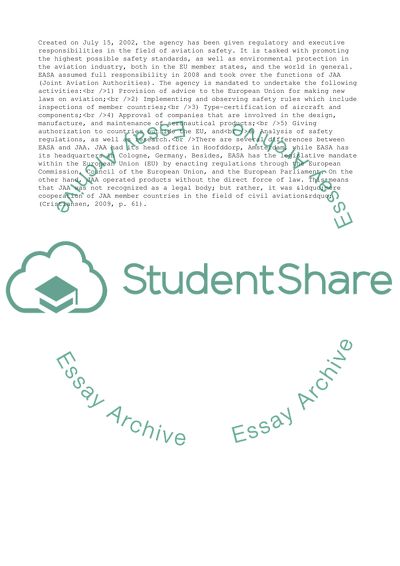Cite this document
(European Aviation Safety Agency Essay Example | Topics and Well Written Essays - 1500 words, n.d.)
European Aviation Safety Agency Essay Example | Topics and Well Written Essays - 1500 words. https://studentshare.org/management/1583000-european-aviation-safety-agency
European Aviation Safety Agency Essay Example | Topics and Well Written Essays - 1500 words. https://studentshare.org/management/1583000-european-aviation-safety-agency
(European Aviation Safety Agency Essay Example | Topics and Well Written Essays - 1500 Words)
European Aviation Safety Agency Essay Example | Topics and Well Written Essays - 1500 Words. https://studentshare.org/management/1583000-european-aviation-safety-agency.
European Aviation Safety Agency Essay Example | Topics and Well Written Essays - 1500 Words. https://studentshare.org/management/1583000-european-aviation-safety-agency.
“European Aviation Safety Agency Essay Example | Topics and Well Written Essays - 1500 Words”. https://studentshare.org/management/1583000-european-aviation-safety-agency.


